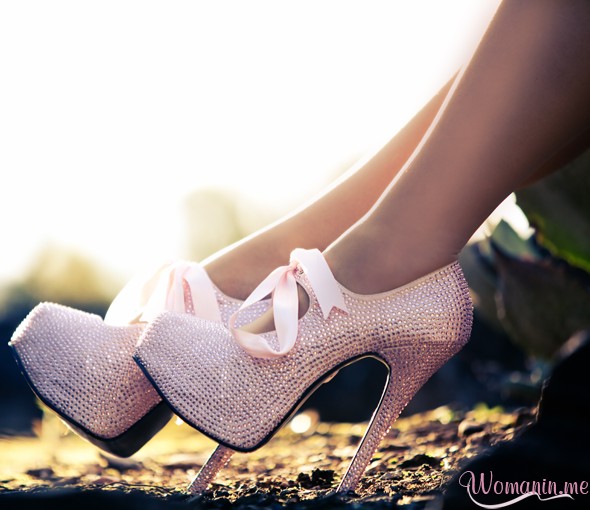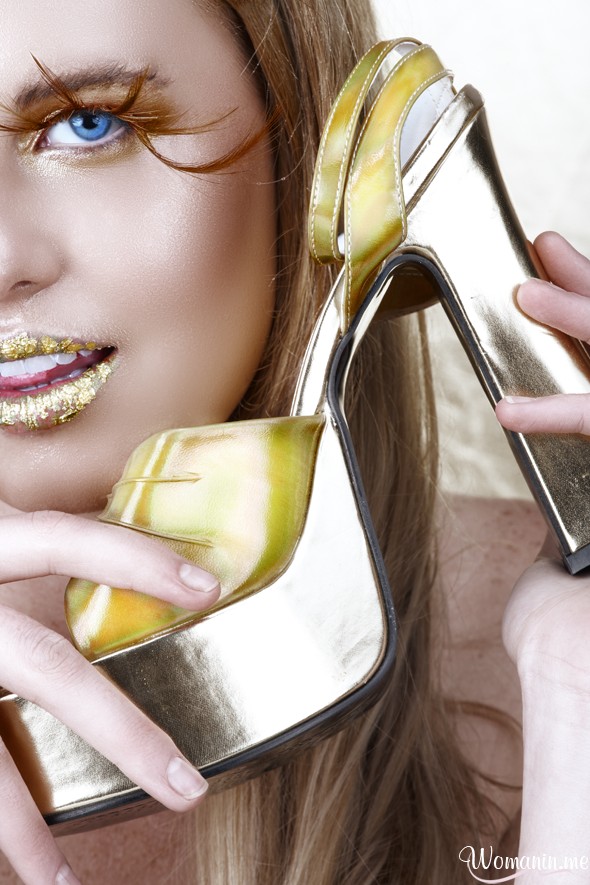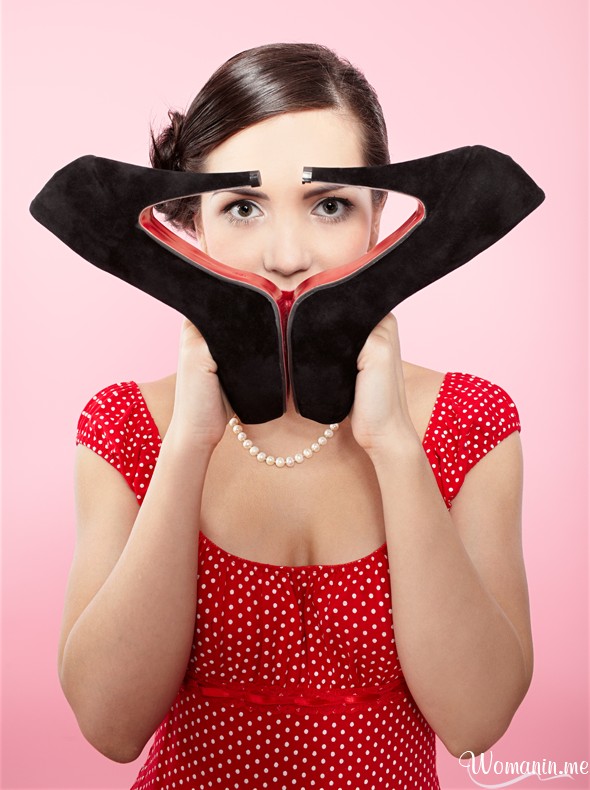Pumps, stilettos, sling backs, ankle straps, boots, flats, ballerinas, wedges, platforms, kitten heels, flip flops are a few of the fancy inhabitants of a woman’s closet. There is one type of shoe that often gets lost in this swanky crowd; it is the “Running shoes” better known as ‘Sports shoes’ or ‘Athletic shoes’. In comparison to their colored, delicately designed, high heeled counterparts, they are dull and plain.
Many women never think of investing in a pair of running shoes unless they frequent the gym, workout at home or go for a morning walk or jog. Running shoes are an essential item in a women’s closet irrespective of whether you work out or not. They are functional shoes made to put you at ease in the most demanding situations.
Ill fitting running shoes are a primary cause for foot injuries, knee and spinal pain and discomfort. So, whether you’re athlete preparing for a marathon or a busy mom working out to drop some weight, given below are tips to help you choose the best running shoes for women.
1. Determining your Foot Type
To a person unfamiliar with the technicalities of the foot, practically every foot looks the same. However, a person’s foot differs based on the arch of the foot and pronation. There are two ways to determine the foot type. One is by examining the wear pattern on your shoes and second is the ‘Wet Test’.
1.1 Wear Pattern:
Wear Pattern basically refers to the part of the shoe that wears with regular use. This depends on the type of foot you have.
1.2 Wet Test:
You will require a shallow vessel with water, a piece of cardboard and a pen. Stand with your leg immersed in water. The water should cover the foot completely. Step onto the cardboard to create an imprint of your foot. Lightly trace the outline to give you a clearer picture.
Both the tests produce different results for different types of feet.
1. If the foot has a higher arch, you will observe a fine band connecting the heel and the toes. The curve is extreme and definite on the inside of the foot. You are thus an under-pronator or Supinator and in this case there is greater wear on the outside of the shoe.
2. If the foot has a lower arch, you will get an imprint of the entire foot. Unlike the higher arch there is no curve on the inside of the foot. In this case, the person over-pronates and greater wear occurs on the inside of the shoe.
3. If the foot has a normal arch, you will observe it is complete. You can distinctly point out to the sole, the toes and the heel. This foot type leads to even wear on the shoe.






















nice post.thanks